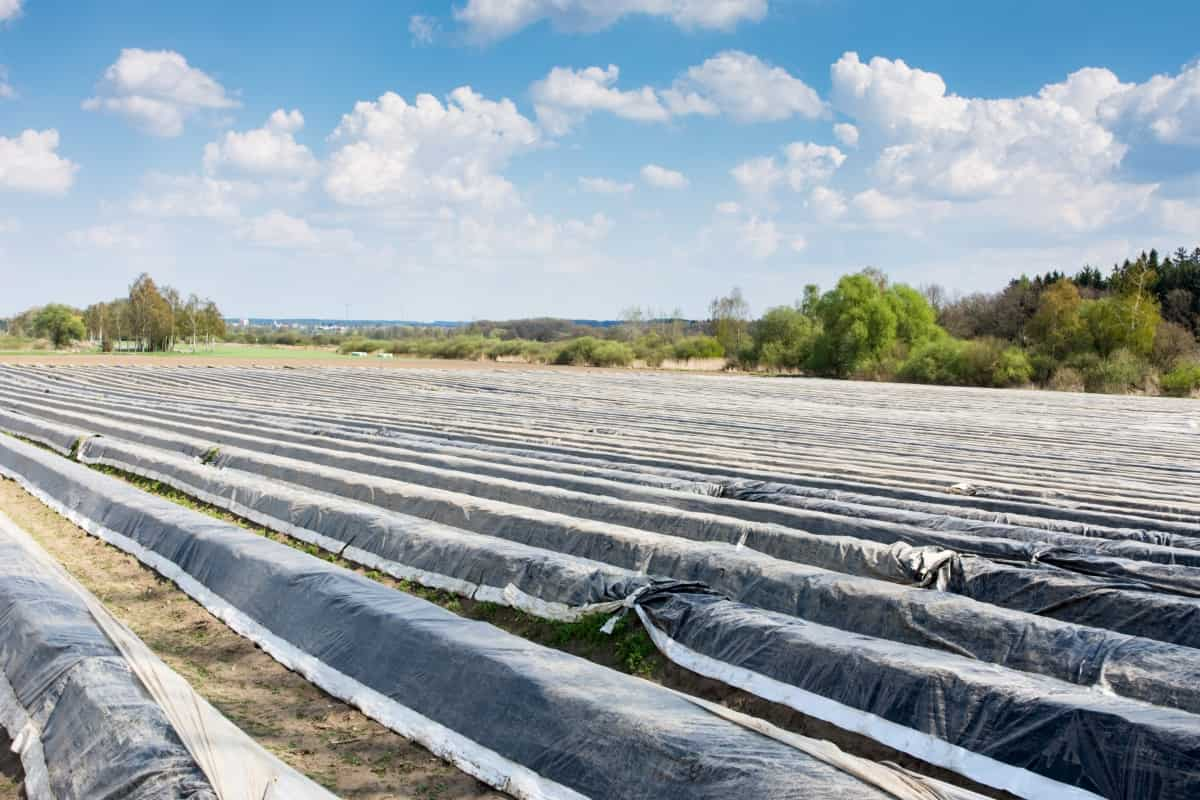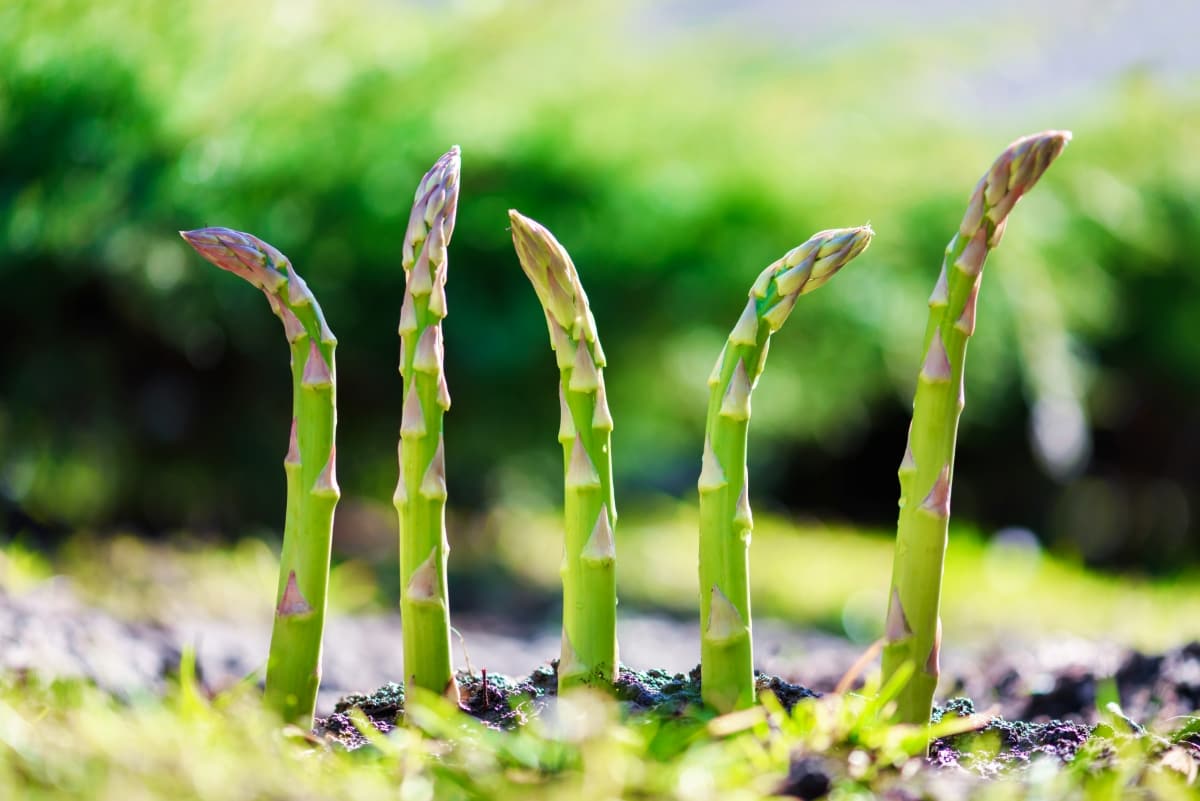Asparagus, a perennial favorite in gardens, requires careful soil preparation and maintenance for optimal growth. Implementing techniques such as proper drainage, mulching, and soil health management can significantly enhance asparagus yields and quality.

How to Prepare the Soil for Growing Asparagus
Understanding the Soil Requirements for Asparagus
Asparagus, a perennial vegetable, thrives in well-drained soil with adequate sunlight, making understanding its soil requirements crucial for successful growth. It prefers a sandy loam or loamy soil, which allows for good drainage and aeration, key factors in preventing root diseases.
The ideal soil should retain moisture without becoming waterlogged, as asparagus roots are sensitive to excessive water. Moreover, asparagus benefits from nutrient-rich soil, as it is a heavy feeder. Ensuring the soil has a balance of essential nutrients, such as nitrogen, phosphorus, and potassium, is vital for the healthy growth of asparagus.
Selecting the Right Location for Growing Asparagus
Choosing the right location is vital for growing asparagus successfully. It requires full sun exposure, meaning at least 6-8 hours of direct sunlight daily. An area with good air circulation helps prevent foliar diseases. The site should be away from large trees or shrubs that could compete for nutrients and water.
Growing asparagus in raised beds or containers can be effective, especially if the native soil is not ideal. This approach offers better drainage and makes it easier to control the soil quality when considering how to grow asparagus at home, whether from cuttings, seeds, or asparagus crowns, ensuring the right location can significantly impact its growth and yield.
Testing and Amending the Soil
Soil testing is a critical step before planting asparagus. It reveals the soil’s pH level and nutrient content, guiding how to amend the soil for optimal asparagus growth. Asparagus prefers a slightly acidic to neutral pH, typically between 6.5 and 7.0. You can change the pH by adding lime to make it higher or sulfur to make it lower if it’s too low or high.
In case you missed it: How to Maximize Yields in Asparagus Farming: Techniques and Strategies

Nutrient deficiencies identified through soil testing can be corrected by adding specific fertilizers. For instance, if nitrogen levels are low, a nitrogen-rich fertilizer can be incorporated. This preparation ensures that the soil meets the asparagus growing season’s demands for maximum yields.
Clearing the Area and Removing Weeds
Preparing the site for asparagus involves thoroughly clearing the area of weeds and debris. Weeds compete with asparagus for nutrients and water and can harbor pests and diseases. It’s important to remove all weed roots to prevent regrowth. This step is crucial, especially when learning how to grow asparagus at home, as it sets the foundation for healthy growth. A clean, weed-free area also makes it easier to spot and address any issues with the asparagus plants as they grow.
Tilling and Conditioning the Soil
Tilling to a depth of 12-15 inches is recommended, as asparagus has deep roots. Conditioning the soil by incorporating organic matter such as compost or well-rotted manure improves soil fertility and structure. It enhances the soil’s ability to retain moisture and nutrients, which are essential for the vigorous growth of asparagus. Whether growing asparagus from seed or crowns, well-prepared soil ensures better establishment and growth of the plants.
Adding Organic Matter to Improve Soil Structure
Incorporating organic matter like compost, aged manure, or leaf mold into the soil is crucial for asparagus. This step improves soil structure, increases nutrient content, and enhances the soil’s water-holding capacity. Organic matter also encourages beneficial microbial activity, which aids in nutrient absorption by the asparagus plants.
This is especially beneficial when growing asparagus in raised beds or containers, as these methods rely heavily on the quality of the soil mix used. Adding organic matter annually helps maintain soil fertility and structure, supporting the long-term health of the asparagus plants.
Adjusting Soil pH for Asparagus Growth
Asparagus performs best in soil with a pH between 6.5 and 7.0. Testing the soil pH is important, as it influences nutrient availability and overall plant health. If the pH is too low (acidic), adding lime can raise it. If it’s too high (alkaline), incorporating sulfur can lower it. Adjusting the soil pH correctly is vital for the efficient uptake of nutrients by asparagus plants.
In case you missed it: How to Control Asparagus Pests Naturally: How to Get Rid of Bugs with Homemade Organic Treatment Remedies

This is particularly important when considering how fast asparagus grows, as optimal pH levels contribute to quicker and healthier growth. Regular monitoring and adjusting of soil pH ensure the asparagus plants remain vigorous throughout the growing season.
Implementing Proper Drainage Techniques
To ensure proper drainage, especially when growing asparagus in raised beds or containers, it’s essential to have a well-draining soil mix and a good drainage system. Raised beds naturally improve drainage due to their elevated design. In containers, ensure there are sufficient drainage holes. For in-ground planting, if the soil is heavy or clayey, consider creating raised rows or adding sand to improve its texture. In areas with high water tables, planting asparagus on a slight slope can help with water runoff, preventing the roots from sitting in water.
Mulching and Protecting the Soil
Mulching is a beneficial practice for asparagus cultivation. It helps in retaining soil moisture, regulating soil temperature, and suppressing weed growth. Organic mulches like straw, bark, or composted leaves are ideal. They not only protect the soil but also add nutrients as they decompose.
Mulching is particularly advantageous during the asparagus growing season, as it minimizes the need for frequent watering and weeding. It’s also helpful in winter, providing a protective layer against cold temperatures. Mulching should be done after the soil has warmed up in spring and can be replenished as needed throughout the growing season.
Maintaining Soil Health for Sustainable Asparagus Growth
Sustaining soil health is vital for the long-term productivity of asparagus, which can be produced for up to 20 years. Regular addition of organic matter helps maintain soil fertility and structure. Crop rotation is not typically applicable to asparagus due to its perennial nature, but companion planting with crops that don’t compete heavily for nutrients can be beneficial.
In case you missed it: Step-By-Step Guide to Planting Asparagus Crowns

Monitoring for pests and diseases and addressing them promptly helps prevent soil and plant health issues. Regular soil testing every few years can guide fertilizer applications, ensuring that the soil remains well-balanced in nutrients. Sustainable practices like avoiding the overuse of chemical fertilizers and using natural pest control methods contribute to the long-term health of the soil and the asparagus plants.
Conclusion
Asparagus, a perennial favorite in gardens, requires careful soil preparation and maintenance for optimal growth. Implementing techniques such as proper drainage, mulching, and soil health management can significantly enhance asparagus yields and quality.
- Feed Your Flock for Less: Top 10 Tips to Save on Chicken Feed
- Ultimate Guide to Ossabaw Island Hog: Breeding, Raising, Diet, and Care
- Hatching Answers: The Top 10 Reasons Your Chickens Aren’t Laying Eggs
- Eggs and Economics: Breaking Down the Cost of Raising Backyard Chickens
- Defend Your Greens: Proven Methods to Keep Iguanas Out of Your Garden
- Ultimate Guide to Cinnamon Queen Chicken: A Comprehensive Guide for Beginners
- Ultimate Guide to California Tan Chicken: Breeding, Raising, Diet, Egg-Production and Care
- Ultimate Guide to Marsh Daisy Chicken: Breeding, Raising, Diet, and Care
- 10 Types of Chicken Farming Businesses You Can Start for Profits